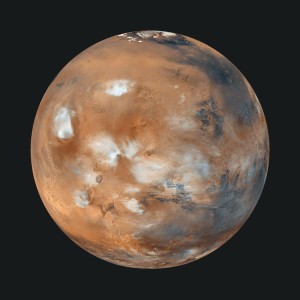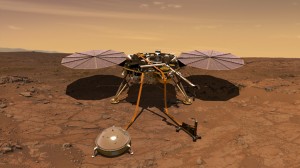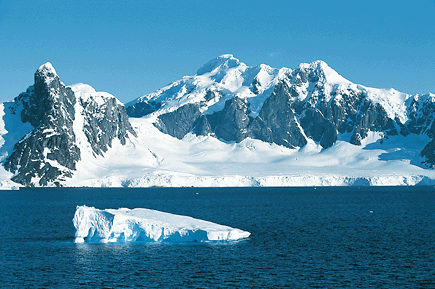Marsquake!
Monday, May 20th, 2019May 20, 2019
What do you call an earthquake on Mars? A marsquake! For the first time, scientists working with the United States National Aeronautics and Space Administration (NASA) think they have detected an actual temblor on the red planet.

Scientists think they have detected marsquakes on Mars, the fourth planet from the sun. Credit: NASA/JPL/Malin Space Science Systems
At the end of 2018, NASA’s InSight probe deployed a specially-built seismometer called Seismic Experiment for Interior Structure (SEIS) to the surface of Mars. (InSight is short for Interior Exploration using Seismic Investigations, Geodesy, and Heat Transport. InSight launched from Earth in May 2018 and landed on Mars in late November.) On April 6, 2019, SEIS picked up faint vibrations that were not caused by wind or the movement of InSight’s robotic arm. The signal was faint, with a low-level magnitude between 1 and 2 on the Richter scale. On Earth, such a weak quake would go unnoticed. On Mars, however, InSight was there to feel it.
Mars is the third body on which humans have recorded seismic activity, after Earth and the moon. On Earth, quakes are caused by the bending and grinding of huge tectonic plates, which float on layers of soft rock and magma and hold the planet’s oceans and continents. Mars does not have tectonic plates. Marsquakes are likely caused by the shrinking of the planet’s interior, which itself is caused by the slow cooling of its core.

NASA’s InSight probe has been studying the surface of Mars since late November 2018. Credit: NASA/JPL-Caltech
While detecting marsquakes is exciting, readings from SEIS might also shed light on the structure of the red planet. Scientists have reason to think that Mars, like Earth, has an interior composed of a rocky outer crust, a soft mantle, a liquid outer core, and a solid inner core. But they do not know how thick each of the layers are. Seismic waves change direction slightly when passing through core layers. If scientists know the source of the seismic waves, they can get an idea of the kinds and sizes of layers the waves had to pass through to reach the seismometer. Scientists can then create a more accurate map of the Martian interior and gain insight into the structure of all rocky planets—including those in our solar system and those orbiting stars millions of light-years away.
InSight has many instruments in addition to SEIS. The probe also serves as the only weather station on another planet. Sensors track the brisk wind gusts, low pressures, and frigid temperatures of Elysium Planitia, a vast plain near the Martian equator. On May 11, the temperature climbed to -4 °F (-20 °C) during the day, but plummeted to -148 °F (-100 °C) during the Martian night. Wind speeds topped out at 32 miles (51 kilometers) per hour.



